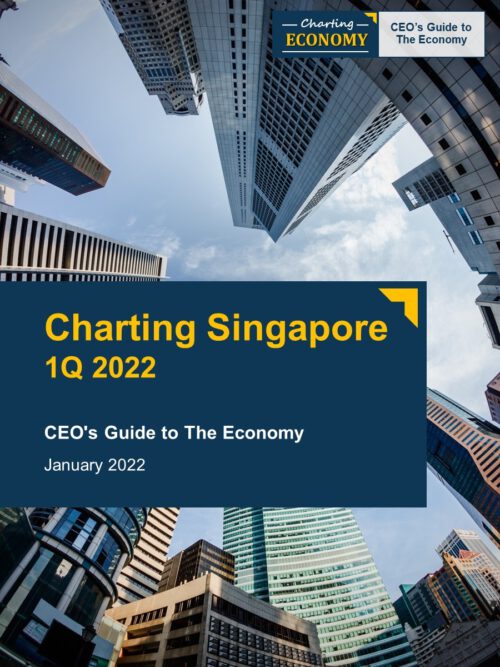How has the structure of Singapore’s GDP changed over the years?
GDP composition
GDP can be determined in three ways, all of which should, in principle, give the same result. They are the production (or output) approach, the income approach, and the expenditure approach. The expenditure approach is summarized in the formula: GDP = C (private consumption) + I (Investment) + G (public consumption) + X (export of goods and services) – M (import of goods and services).
The production approach measures the market value of all final goods and services calculated during the period. It sums up value add of each production process to avoid double counting. The value-added shares presented in the World Development Indicators for agriculture, industry, and services may not always add up to a hundred percent due to FISIM and net indirect taxes.
Singapore’s GDP composition
Singapore has long been a trading economy, with external demand far exceeding the domestic one. The export of goods and services (X) accounts for 173% of the 2017 GDP. On the production side, the Service sector is the biggest one, accounting for 70% of GDP. Agriculture’s share in Singapore’s GDP is close to zero.

